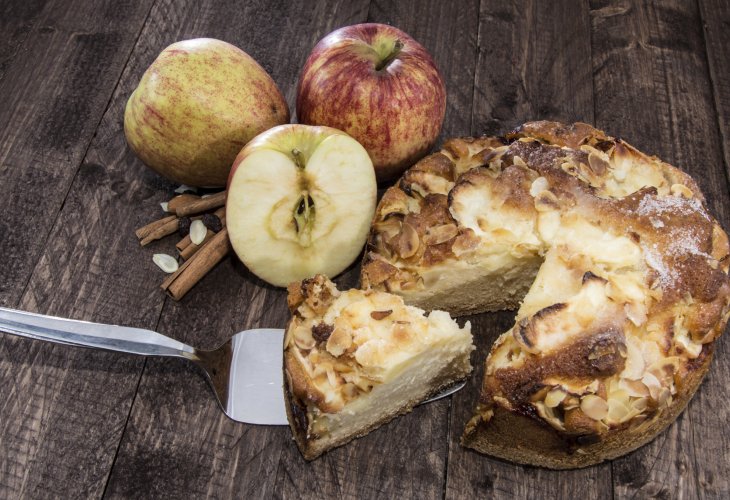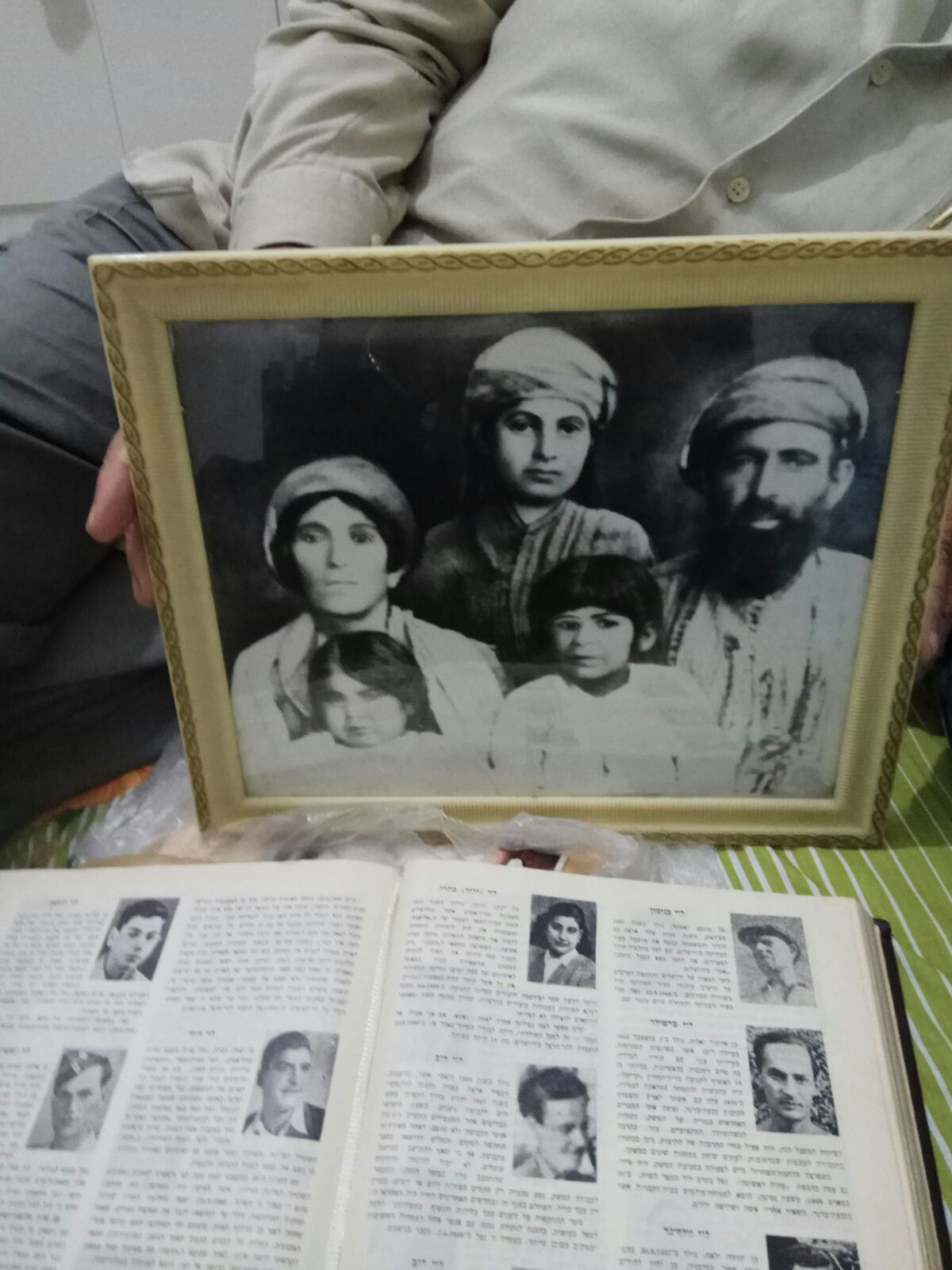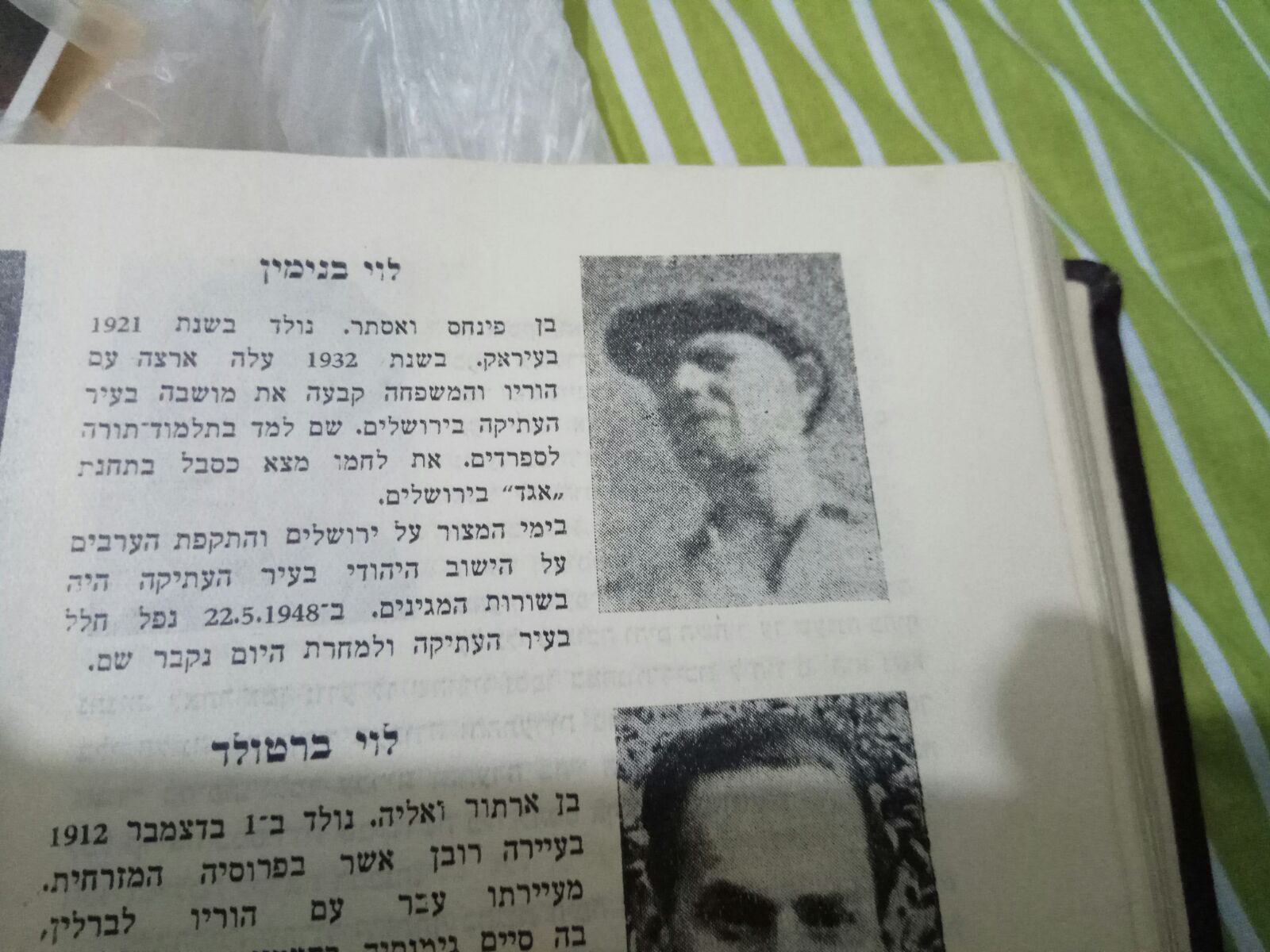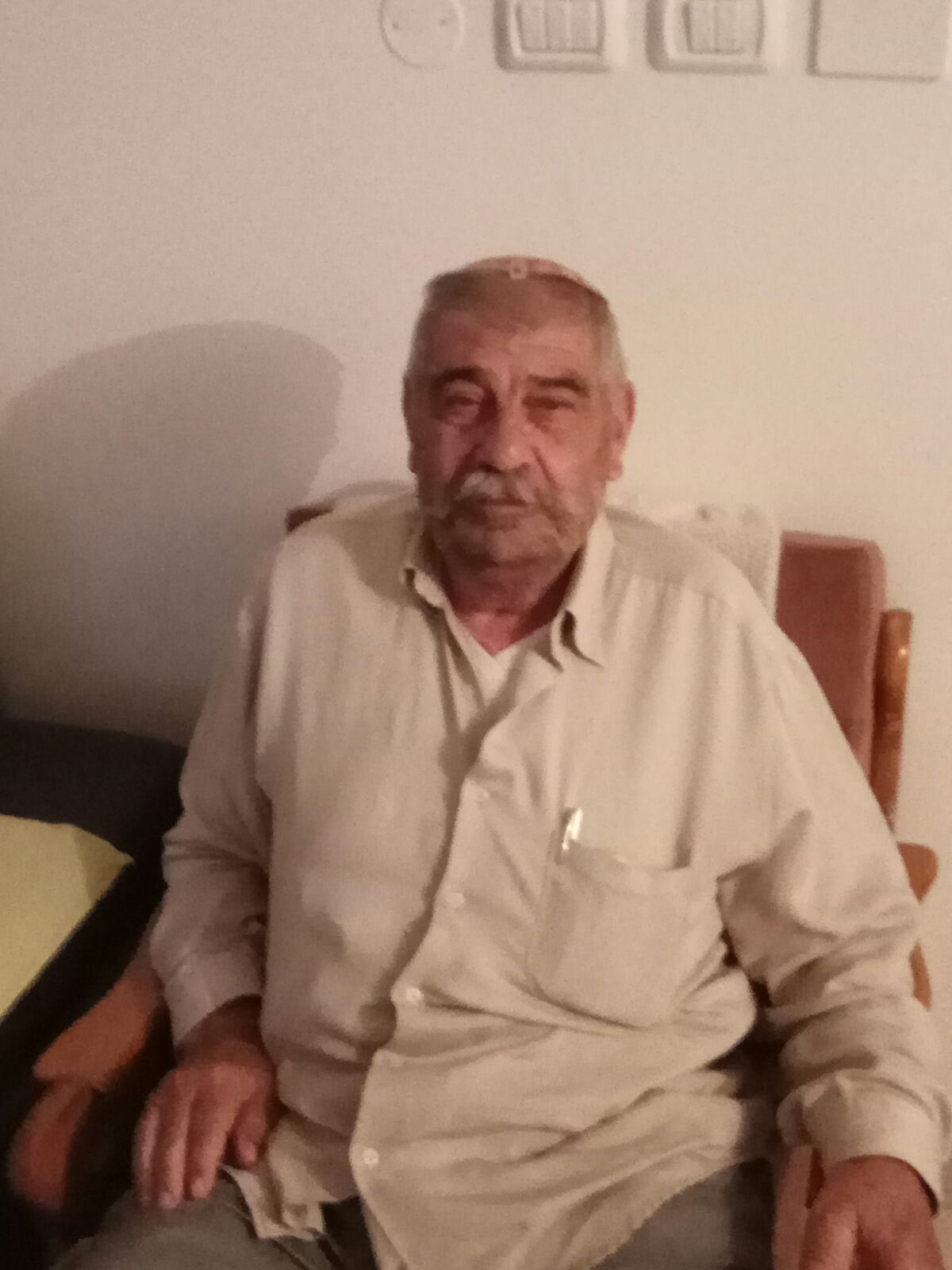"Nobody Remembers Those Who Fell Before the State's Establishment"
Rahamin Levi was an eight-year-old boy during the War of Independence. His father fell in the alleys of the Old City defending it, and Rahamin himself was forced to flee with his family from their home. Yet, his life's ambition is to return to the Old City and rebuild the synagogue his grandfather constructed. An interview.
 Rahamin Levi
Rahamin LeviMore than 70 years have passed since the War of Independence, but Rahamin Levi remembers those days vividly. He was then an eight-year-old boy, and those days have been etched in his memory ever since. "I remember everything," he says in an interview. "I may have only been a small child then, but I remember the shells, the Arab legionnaires, and the Old City. I remember it all as if it happened today. Including the day my father was murdered by the Arab legionnaires."
Rahamin is from a Kurdish Jewish family. His grandfather, Pinhas Levi, immigrated to the country in 1932 from Iraq. "They arrived on foot after a long journey," he recounts. "Originally, my grandfather came from northern Iraq. He was well-established and affluent in Iraq, lacking for nothing, but the desire to live in the Holy Land burned within him. They lost all their possessions en route, after being robbed, and arrived in the land completely destitute."
The family arrived in the land with no possessions, but Rahamin's grandfather, who had always dreamed of immigrating to the Holy Land, was undeterred. He worked as a stonecutter, a difficult and demanding job in those days, and later as a porter, managing to support his family respectably. "He had a cart with which he carried heavy loads, and many times he would take me, his grandson, on a long ride along Palmach Street. He loved me dearly."
In Jerusalem, his grandfather fulfilled an old cherished dream: to buy a house in Israel. He purchased from an Arab resident of the Old City a house for an exorbitant sum at the time: 400 liras. The house was an old-style house, one storey with large, wide windows, but Rahamin's grandfather renovated it into a mansion. On the old house, he built another three floors. Some rooms were rented to subtenants, and on the fourth floor, the grandfather established a synagogue for the Amadiyya community, where among the worshippers were Rabbi Shlush, may his memory be a blessing, and Rabbi Yitzhak Alfiya, may his memory be a blessing.
Rahamin's grandfather stored the ownership documents of the house in a hiding place in the house. He was a simple Jew but well-aware of the value of the property he had acquired.
As was customary in those days, Rahamin's parents married at a young age. His mother, Zakhia, was 14 when she married her husband, Binyamin, may he rest in peace, who was 16. The couple lived in an apartment on Jews Street in the Old City, not far from the house the grandfather built. Binyamin, may he rest in peace, studied at the Sephardic Talmud-Torah and earned his living as a porter at the "Egged" station in Jerusalem.
 Rahamin Levi's family
Rahamin Levi's family"There Were Many Acts of Anti-Semitism"
The days were those of British occupation in Israel, with life in the Old City marked by constant fear. "The British policemen instilled fear in everyone who saw them," Rahamin recalls. "They would patrol the streets, and anyone who saw them would run away in fear. It didn't matter if they were guilty or not; the officers walked around with large truncheons and beat anyone they didn't like."
How were the relations with the Arab residents of the Old City?
"It depended. There were neighbors we had a good relationship with. To this day, I speak fluent Arabic, which I learned as a child. I love Arabic poetry. Yet, trust in non-Jews was limited. There were many acts of anti-Semitism even before the War of Independence. Our young men would go to Western Jerusalem to look for work, and when they returned in the evening, Arabs would wait for them at the walls of Jerusalem, near Zion Gate, with drawn knives and stab them. The British were hypocritical and ignored Jewish complaints, claiming it was a dispute where both sides were to blame and were slow to intervene."
Rahamin's father was tall and strong, one of the first Irgun fighters, and feared no one. "Had the British caught him, they would have hanged him, but he feared no one, only Hashem. When the War of Independence began, he quickly volunteered to fight. There were no weapons then. The arsenal consisted of Stens – old submachine guns that sometimes jammed, ancient Browning machine guns, and the famous Davidka, a type of mortar that fired shells. That was our weaponry, while the Arab legionnaires had modern weapons and many soldiers."
After the British left on May 13, 1948, there were about 1,700 people in the Jewish Quarter protected by only about 150 fighters. Rahamin was then an eight-year-old child. His mother, who was raising four young children, was also expecting another baby at the time. The food shortage in Jerusalem was severe, and many people went hungry. "My father was a strong man. He wasn't afraid and didn't tire. He fought and fought. Years after he died, his friends would come to our house and tell how people asked him to get them bread to eat, and he, despite the shells and Jordanian snipers, risked his life and tried to get them food. I remember as a child seeing him arrive home, seeing how tired he was. He didn't let my mother know he was injured, and he hid that one of his hands was bandaged so she wouldn't worry."
 Rahamin Levi's family
Rahamin Levi's family"The Neighbor Cried: How Will We Tell Zakhia Her Husband Is Gone?!"
The Jewish fighters in the Old City were few and desperate, and a large, well-equipped Arab army besieged them. During the battle, Rahamin's father was hit by a shell and was gravely injured. Even with the years that have passed, Rahamin's voice trembles when recounting that day when he was orphaned from his father. "They brought him to my grandfather, and he saw the blood and immediately understood there was nothing to be done. My mother was about to give birth then, and the neighbors who saw started wringing their hands and crying: 'How will we tell Zakhia?! How will we tell her her husband is dead?!' My grandfather kept his composure and asked one of the neighbors – Salah was her name – to go and tell my mother to watch over the children, and he would come to tell her."
Binyamin Levi was only 28 years old when he fell. The next day, he was buried in a mass grave with dozens of others. The heavy fighting and shelling did not allow families to give their loved ones a traditional burial. Only years later, after the Six-Day War, were the dozens of fallen from the Old City buried in a mass grave on the Mount of Olives, in a funeral attended by thousands, including rabbis and public figures.
In the quarter, only the sick and the weak remained, along with a handful of fighters battling with bare hands as their scant ammunition ran out. "We stayed until the very last moment," Rahamin testifies. "Until the surrender agreement itself."
By May 28, out of the hundred and fifty fighters at the beginning of the battles and 84 reinforcements, only 43 uninjured men remained. The defense headquarters authorized the rabbis of the quarter, Rabbi Ben Zion Mordechai Hazan and Rabbi Yisrael Ze'ev Mintsberg, to go with a white flag to Legion commander Abdullah al-Tal to negotiate a truce for evacuating the dead and wounded. Al-Tal replied by demanding surrender. Given the dire situation, the quarter command decided to surrender. Abdullah al-Tal wrote about it: "It became clear that the fervent Jews showed great resistance and defended themselves well. I testify that the Jews of the Old City bore the hardships of war in an indescribable manner." The surrender terms signed by Abdullah al-Tal and Moshe Russnak were: handing over the fighters' weapons, all capable men would be taken captive, the wounded would either be taken captive or released according to their condition, and the remainder would be sent to the new city via the Red Cross.
"Before we left, my grandfather didn't go to look for the ownership documents of the house. Like our forefather Abraham, he only cared for us, his family. He wasn't concerned about the property. We left everything behind. We were left with nothing. No property, no pictures, no mementos from the house. One of my uncles, Sadok Mizrahi, was also taken to Jordanian captivity."
 Rahamin Levi
Rahamin LeviDo you remember the day of the surrender?
"I remember everything vividly, as if it all happened now. We left barefooted, surrounded by throngs of Arabs shouting 'Itbah al-Yahuda' ("Kill the Jews"). We didn't even take photos with us. I have no picture of my father, except for a blurred one taken by a tourist before the war, which my uncle managed to obtain after much effort. We left it all there. I remember my grandfather crying, I remember how the Jordanians brutally beat the 80-year-old gabbai as we exited, even though their commander – Abdullah – ordered them not to harm anyone. I was a small child, and I still remember."
After the surrender, the family moved to live in Katamon. Only after the Six-Day War did Rahamin return to the Jewish Quarter. His grandfather's magnificent house was still standing, but there was no way to enter it. All the ownership documents remained behind in the conquered quarter after its inhabitants surrendered. "We have evidence that we lived there. After all, there was a magnificent synagogue with many worshippers, there were neighbors who could testify that the house belonged to us, but there was no one to talk to," he says bitterly. "It's sad, but I have a feeling that we've been somewhat forgotten, as have the fighters who fell before there was even a state. They were heroes who gave their lives for Israel, for Jerusalem, but people don't talk about them anymore. People have forgotten. Unfortunately, there have been many wars, with much focus on the Six-Day War and the Yom Kippur War, but not on the fighters of the Old City or those who fell in Operation Kadesh. Even the displaced who lived in the Old City and lost their homes received no compensation. Today, the Beit Midrash built by my grandfather houses the Kotel Yeshiva."
At your age, do you still dream of living in the Old City?
"Indeed. I dream of the day I'll return to the Old City and rebuild the synagogue my grandfather founded elsewhere. It's still my greatest aspiration, to rebuild the synagogue overlooking the Kotel, in memory of my father, may his soul be avenged, and to live again in the Jewish Quarter. Maybe one day it will happen."

